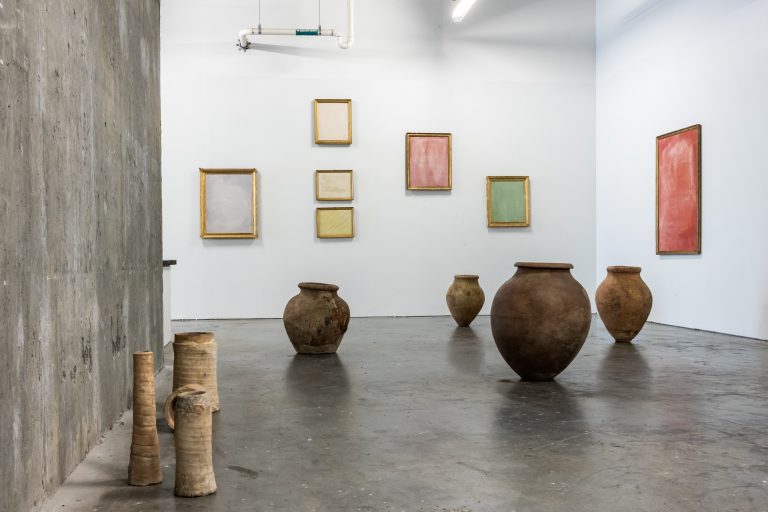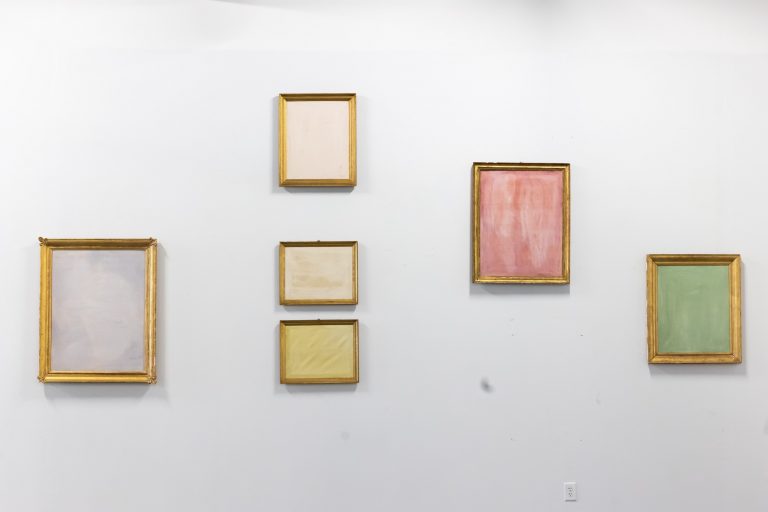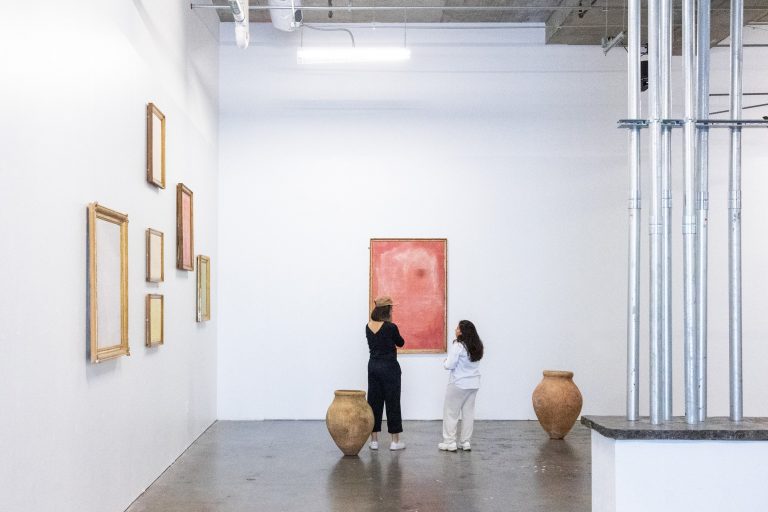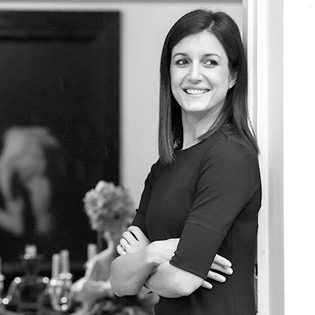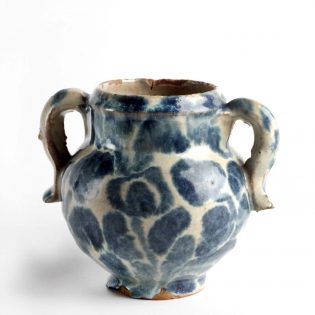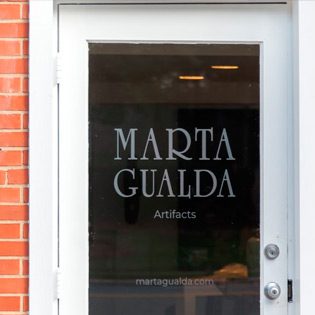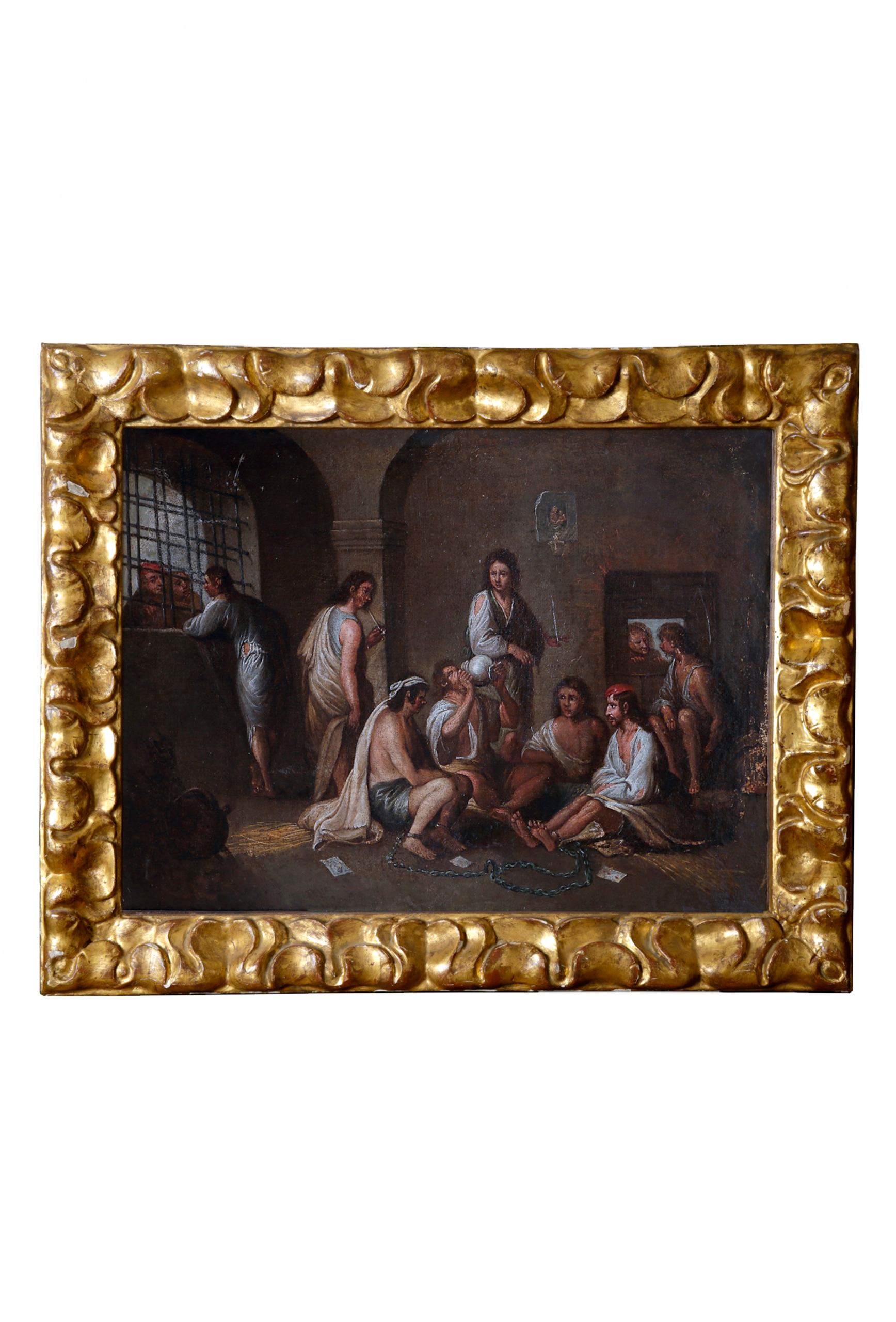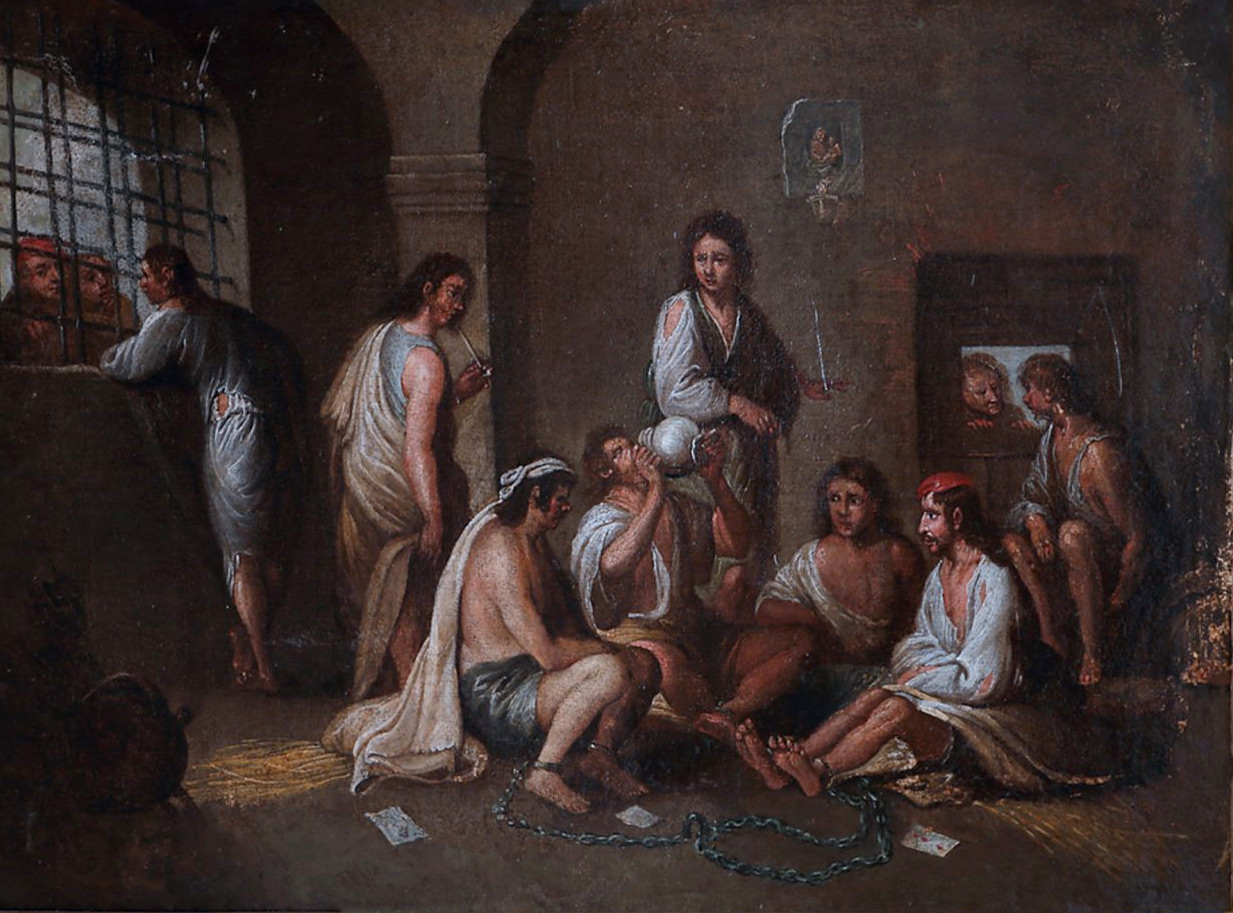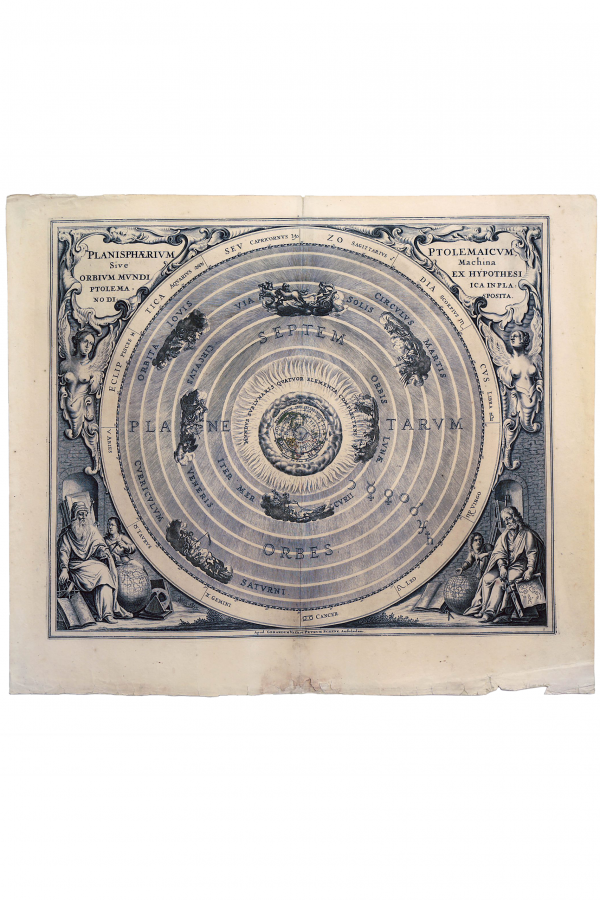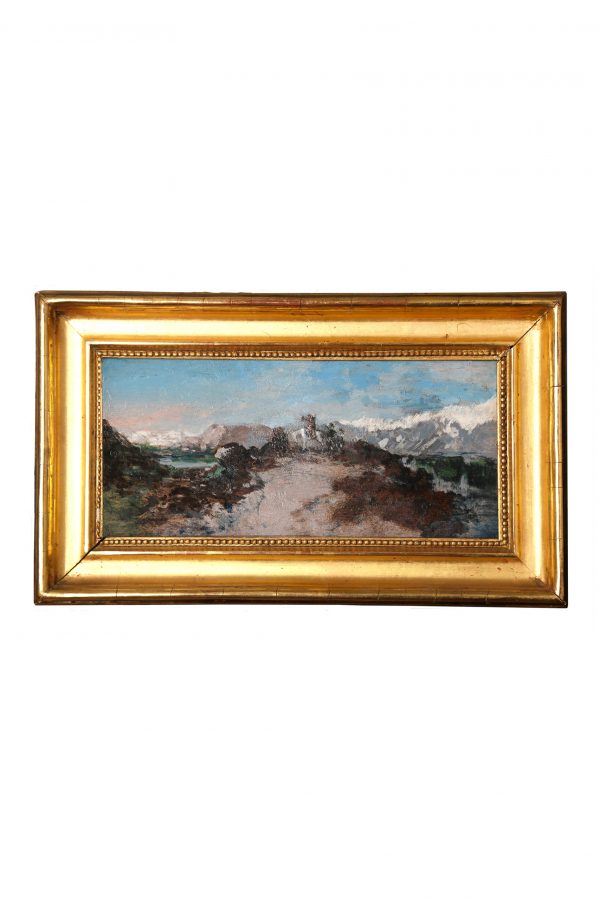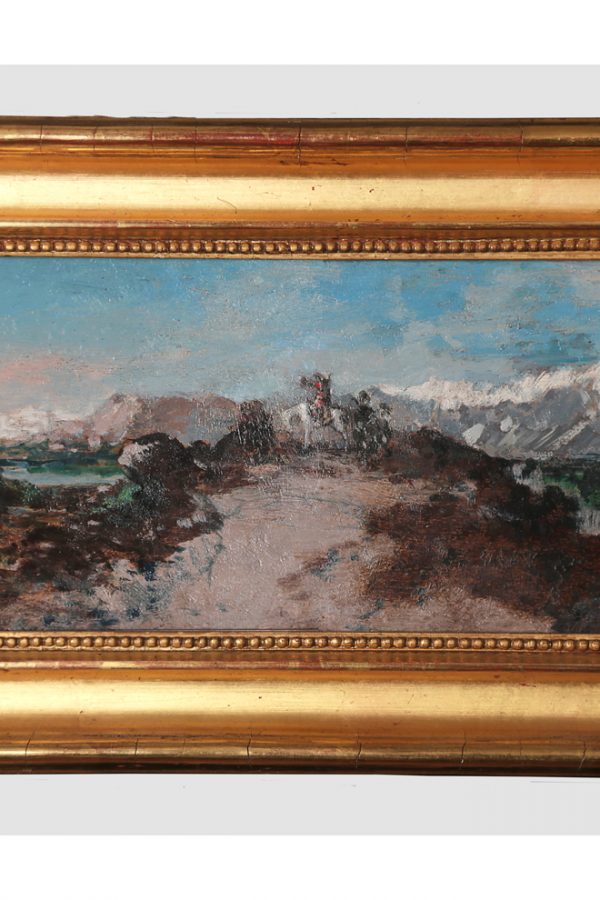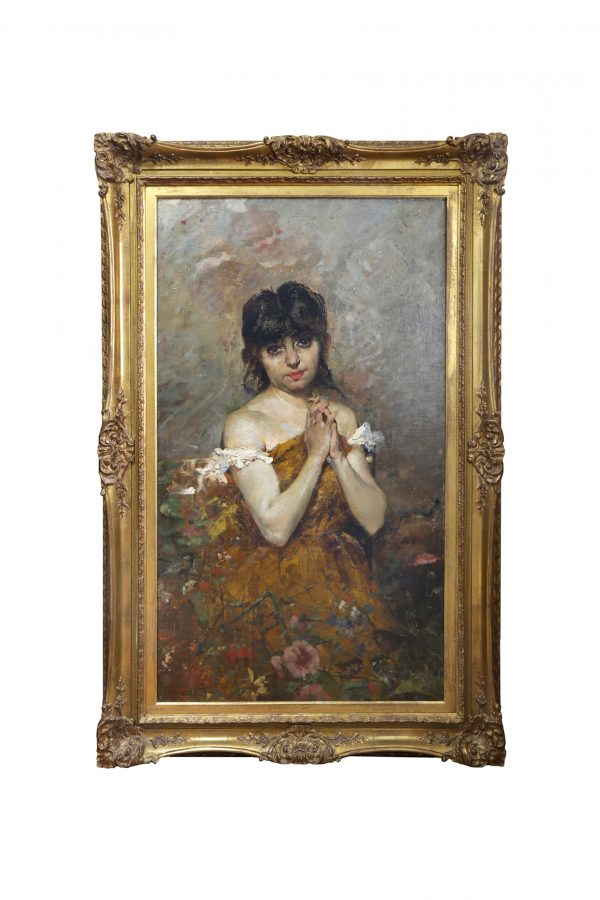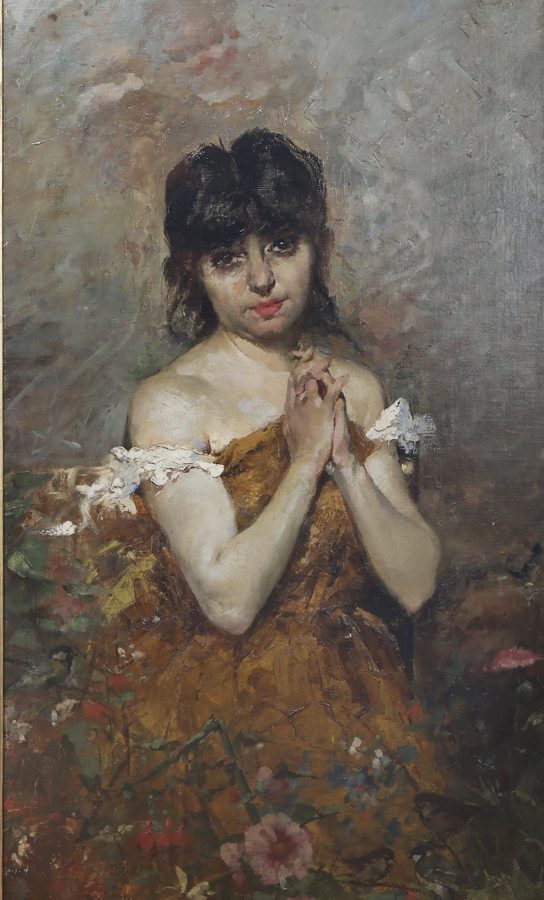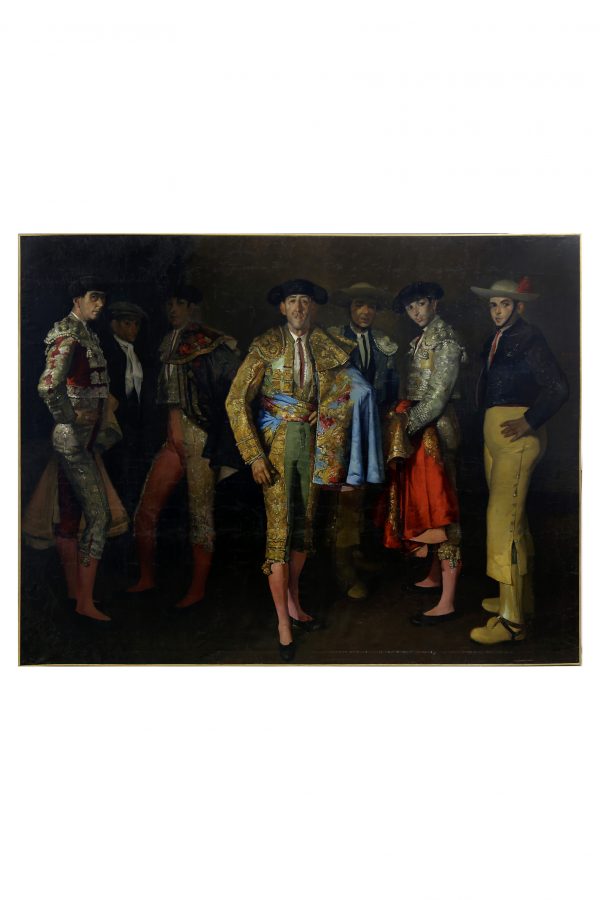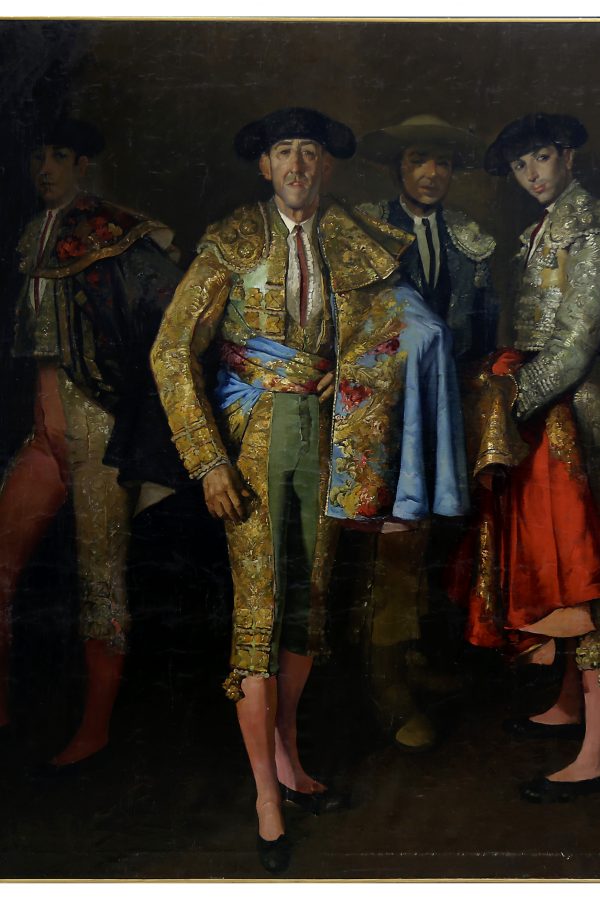Description
Disciple of Eugenio Cajés, together with his master he participated in 1635, in the execution of two battle paintings for the Hall of Kingdoms of the Buen Retiro Palace. He specialized in portraits, fruit bowls, landscapes and popular scenes, genres in which he was highly esteemed, as evidenced by the praise given to his works by the ambassador of the Duke of Modena in 1641. He also painted architectural backgrounds for authors such as Juan de la Corte. However, his work is poorly known, which is why genre works by other authors have been attributed to him. According to Ceán Bermúdez, who mentions a signed series on “domestic and trivial” themes, he had a naturalistic style very close to that of Velázquez in his Sevillian period and that of Murillo, the highest representative of this naturalistic painting focused on protagonists taken from the street. It is also known that Puga was a man of a certain culture, judging by the content of his library, which contained works of philosophy, poetry and theology, as well as painting, architecture and perspective, and he also collected prints and paintings of his contemporaries and former teachers.
https://www.museodelprado.es/aprende/enciclopedia/voz/puga-antonio/

